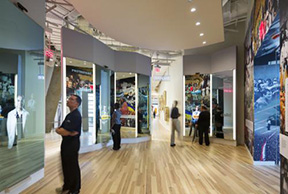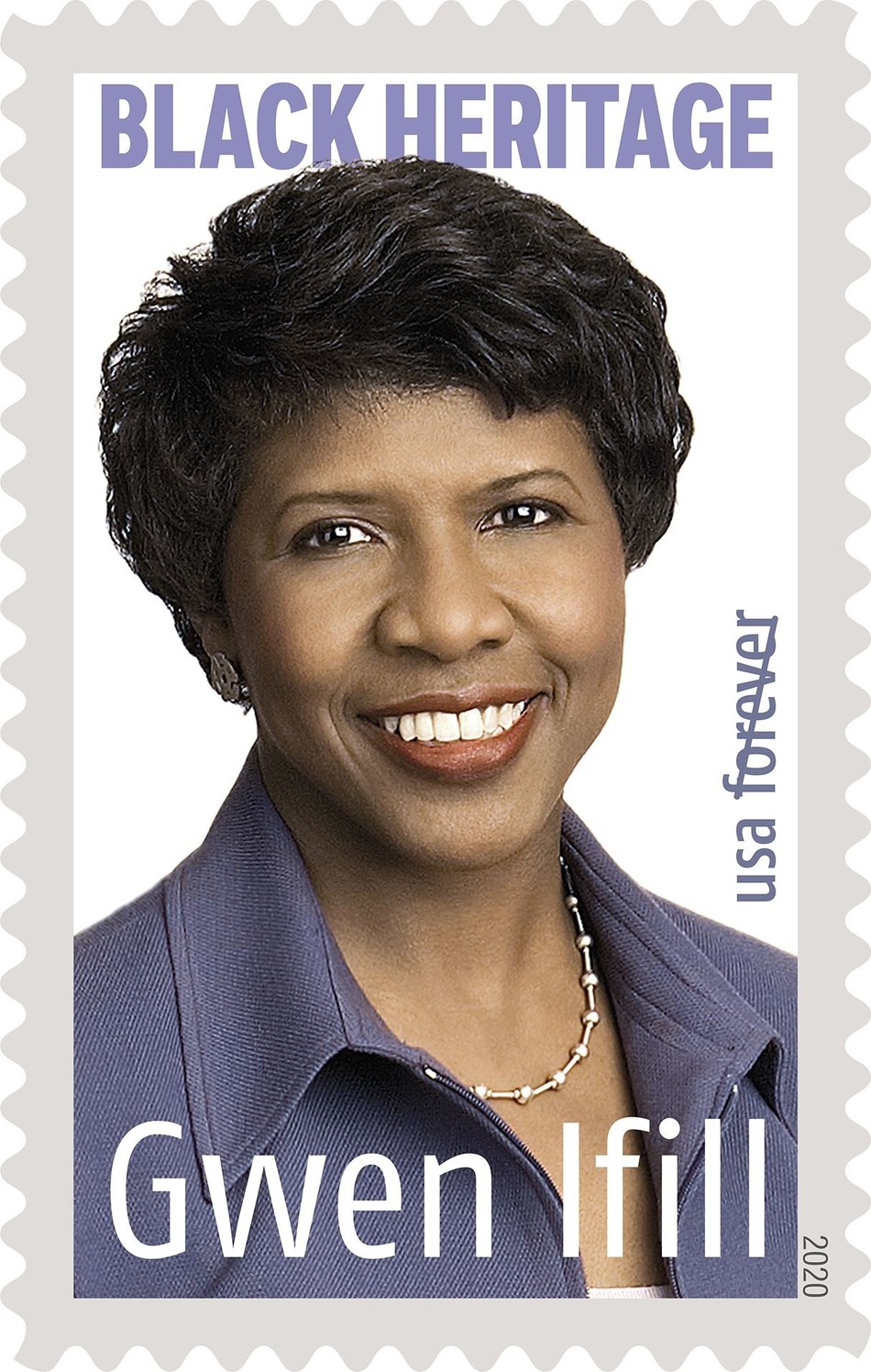The Center for Civil and Human Rights, a new center that brings together the history of the American Civil Rights Movement and international human rights efforts, opened this week in Atlanta. The Center is located in the heart of Atlanta, between Centennial Olympic Park and the Georgia Aquarium, two of the city’s most popular travel destinations. The 42,000 SF building was designed by The Freelon Group in collaboration with HOK.
David Rockwell and his award-winning firm Rockwell Group designed the Center’s exhibitions in collaboration with George C. Wolfe, The Center’s chief creative officer for The Center’s civil rights gallery, and Jill Savitt, curator for human rights gallery.
The Center for Civil and Human Rights tells the story and brings to life the American Civil Rights Movement and introduces past and current international human rights issues. The Center’s exhibition spaces focus on presenting stories in an experiential way that engages visitors individually and collectively.
The exhibitions are presented in three main galleries: Rolls Down Like Water: The American Civil Rights Movement, Spark of Conviction: The Global Human Rights Movement, and Voice to the Voiceless: The Morehouse College Martin Luther King, Jr. Collection. A fourth space, Shared Accomplishments, physically and conceptually links civil rights to human rights.
“Our goal for The Center was to develop immersive environments that emotionally connect visitors to the historic events of the civil rights movement and current human rights issues,” said David Rockwell, founder and President of Rockwell Group. “We used a wide range of strategies, including large-scale super graphics, ambient audio, and sweeping panoramic videos to give visitors the power to personalize their experiences.”
“The Rockwell Group brought a unique set of skills and ideas to creating an immersive, beautiful and contemporary exhibition experience to life. David and his team have created a journey for each visitor that is personal and unexpected,” said Doug Shipman, president and CEO of The Center. “In addition to their vast creativity and design expertise, Rockwell group also brought a tremendous spirit of collaboration to this unique effort.”
For Rolls Down Like Water, Rockwell Group conceived a series of black box rooms that tell the story of the American Civil Rights Movement in a linear manner. The dramatic mix of traditional and multimedia exhibits in a light and sound-controlled environment offers visitors a theatrical and immersive experience. A visual and experiential layering comes from the juxtaposition of period references and reconstructions, and modern, artistic interpretations of historical events.
For example, visitors can take a seat at the modern replica of the Greensboro lunch counter, put on a pair of headphones and activate the exhibit to understand the discipline and focus needed to maintain composure within a violent environment, which is mimicked by a three-dimensional binaural soundtrack and seat-kickers. To highlight the significance of each individual loss of life resulting from the struggle for civil rights, victims are memorialized in a sculptural piece comprised of 41 individual martyr portraits. Each portrait can be rotated by visitors to reveal more about the victim’s life.
Spark of Conviction is a light filled, free-flowing clean white space inspired by art galleries. Exhibits are thematically organized to encourage visitors to explore them in an open-ended manner. They are designed to provide visitors with an understanding of global human rights issues by relating these issues to their everyday lives. When visitors first enter the gallery, they encounter “Who Like Me Is Threatened?” an installation comprised of interactive, touch screen mirrors that prompt visitors to select a word that describes themselves. A full-size image of a person who shares these common traits appears behind the mirror and explains how his or her human rights have been violated.
The third main gallery, Voice to the Voiceless, is a reverential, chapel-like vault that features a rare collection of Dr. Martin Luther King, Jr.’s personal papers from the Morehouse College Martin Luther King, Jr. Collection, which will be rotated on a regular basis. The papers are shown in traditional archival display cases. A granite wall projects the words, “I Have a Dream” in different languages, reflecting Dr. King’s global impact. Hickory plank walls are carved with his most resonant words. Visitors can circulate through the space or spend more time at each case to examine the papers in more detail.
In addition to the three primary exhibitions designed by Rockwell Group, The Center added a fourth temporary exhibition space. The inaugural-year exhibit celebrates selected works from “John Lewis Series” by Georgia artist Benny Andrews (American, 1930-2006). This powerful, iconic series of paintings depicts scenes from the life of John Lewis.






